When it Comes to Life Insurance - Know Your Options
The idea is simple—get enough life insurance to protect your family from the potentially devastating impact of an unexpected death. While the concept is straight-forward, as with many components of financial planning, deciding on the appropriate type and coverage level of life insurance is not quite that easy.
Beacon Financial Strategies’ Philosophy Regarding Insurance
At Beacon Financial Strategies, we believe that insurance is a necessary component of an effective financial plan. However, in most cases, we do not believe that insurance should be considered an investment or a “forced savings.” As such, we generally suggest that clients obtain adequate insurance coverage at the most cost-effective price.
How much life insurance is necessary?
The amount of life insurance needed varies for each individual or family. However, there are a number of considerations when deciding on the level of coverage necessary including the following:Current assets that could be used to cover living expenses for the surviving spouse (this would normally not include retirement assets due to adverse tax implications on withdrawal)
Current debt and income levels
Projected income and expenses of the surviving spouse (including Social Security survivor benefits)
Reasonable inflation and investment rates of return estimates
What type of life insurance is most appropriate?
In general, there are two types of life insurance as follows:
Temporary (or term) life insurance is the most straight-forward type of insurance coverage to obtain. Term life insurance coverage is generally purchased for a set period of time (5, 10, 20 or even 30 year periods). During the coverage period, premiums and the death benefit are remain stable. If the insured dies within the coverage period, the beneficiaries of the policy are paid the death benefit. If the insured survives the coverage period, the insurance policy usually expires (or premiums rise dramatically).
Permanent life insurance generally consists of two components, an insurance component and an investment component (often called the cash value). As its name implies, permanent insurance is designed to provide life insurance coverage for the insured's entire life. The most common types of permanent life insurance are universal and whole life policies.
In most cases, we generally recommend term over permanent life coverage for the following reasons:
We believe the “need” for life insurance coverage diminishes with time as assets grow, debt levels decline and children become independent.
Term life insurance is generally cheaper than a permanent policy—particularly in the early years of a policy when the life insurance coverage required is the highest.
Are you confident that you have adequate life insurance coverage? If you would like to discuss your current coverage level in more detail, feel free to contact our office. Remember, we do not sell life insurance or represent any insurance companies—so you can rest assured that you will get unbiased and objective advice you can count on.
